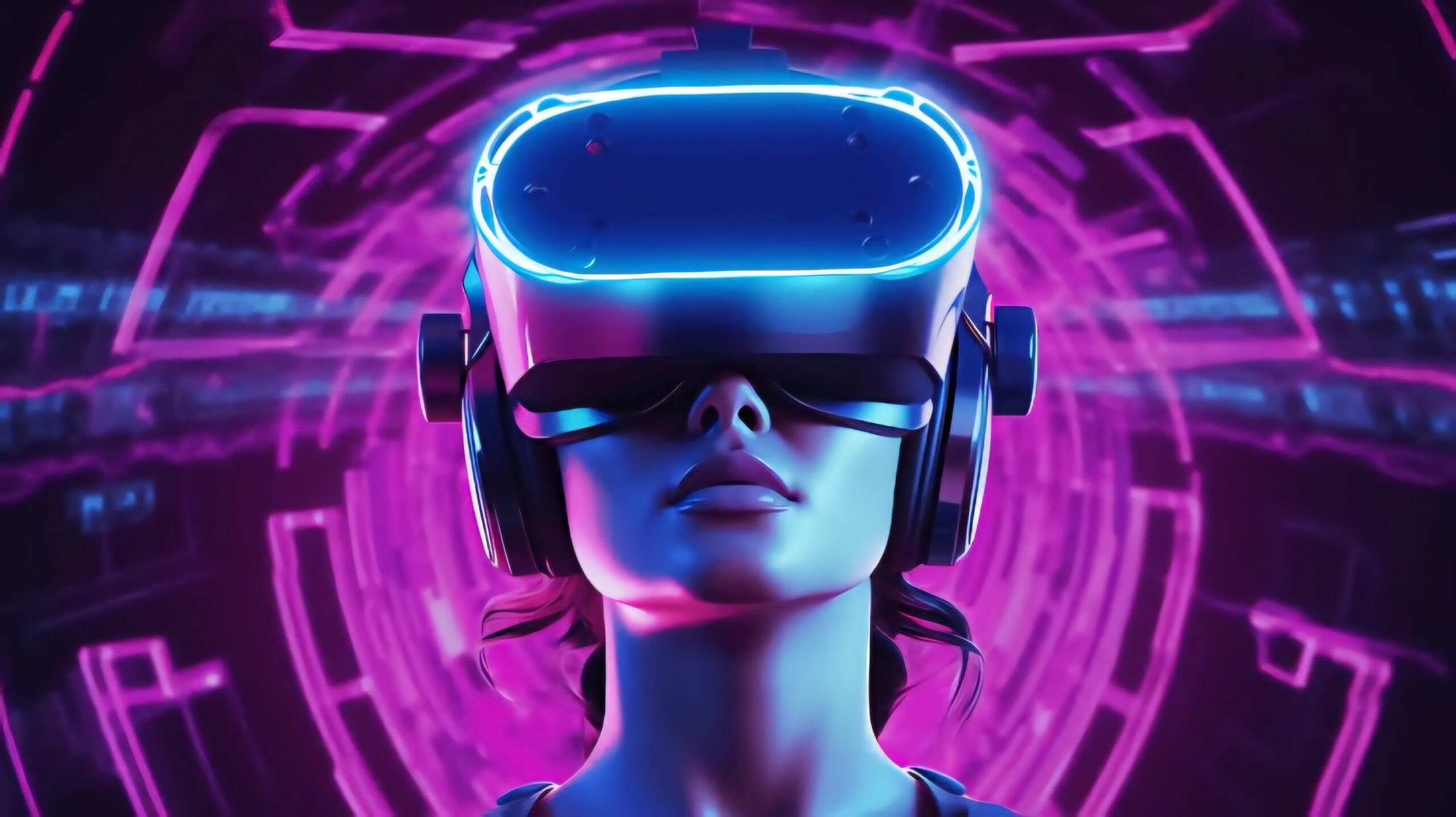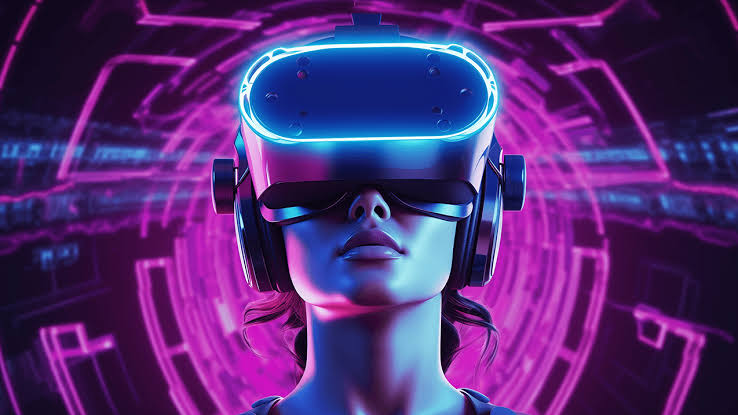
NFTs and the Metaverse: Redefining Digital Ownership
The emergence of Non-Fungible Tokens (NFTs) and the growing popularity of the metaverse are revolutionizing how we perceive ownership, art, and virtual interactions. As these technologies evolve, they are becoming central to the digital economy, blending creativity with innovation and enabling new forms of commerce and engagement.
What Are NFTs?
NFTs are unique digital assets stored on blockchain networks, making them verifiable and non-interchangeable. They can represent a variety of digital items, including art, music, videos, virtual real estate, and collectibles. The blockchain ensures ownership authenticity and scarcity, which are crucial in determining their value.
The Role of NFTs in the Metaverse
The metaverse, a virtual universe where users interact through avatars in immersive environments, is becoming a fertile ground for NFTs. Here’s how they are shaping this digital landscape:
1. Virtual Real Estate: Platforms like Decentraland and The Sandbox allow users to buy, sell, and develop virtual land as NFTs. These properties can host events, businesses, or personalized experiences.
2. Digital Art Galleries: Artists are showcasing and selling NFT art in virtual galleries, creating new revenue streams and global exposure.
3. Gaming Assets: NFTs enable players to own in-game items like skins, weapons, and characters, which they can trade or use across multiple games.
4. Identity and Avatars: Unique NFT-based avatars and accessories are becoming a way to express individuality in the metaverse.
Why Are NFTs and the Metaverse Interlinked?
The metaverse thrives on user-generated content and community participation, and NFTs provide a mechanism to reward creativity and foster a sense of ownership. Blockchain technology ensures that these digital assets are transferable and retain their value outside the platform they were created on, enabling a decentralized economy.
Challenges and Criticism
While the integration of NFTs in the metaverse has garnered excitement, it also faces challenges:
Environmental Concerns: Many NFT transactions occur on energy-intensive blockchains, raising sustainability issues.
Speculation and Scams: The NFT market has been criticized for being overly speculative, with cases of fraud and copyright infringement.
Interoperability Issues: Ensuring NFTs work seamlessly across different metaverse platforms remains a technical hurdle.
Recent Developments
1. Big Tech Involvement: Companies like Meta (formerly Facebook) and Microsoft are investing heavily in the metaverse, exploring NFT integration for virtual goods and services.
2. Luxury Brands in Virtual Worlds: Brands like Gucci, Nike, and Louis Vuitton are launching NFT collections and setting up virtual stores, targeting a tech-savvy audience.
3. Cultural Adoption: Musicians, filmmakers, and other creators are using NFTs to directly monetize their work and engage with fans in new ways.
The Future of NFTs in the Metaverse
As the metaverse grows, NFTs are expected to become even more integral, enabling users to:

Own and monetize their digital identities and creations.
Participate in decentralized virtual economies.
Build persistent and meaningful digital assets that retain value across platforms.
Conclusion
NFTs and the metaverse represent a paradigm shift in how we interact with technology, culture, and commerce. While challenges remain, the potential to create immersive, decentralized, and user-driven ecosystems is undeniable. This convergence of blockchain and virtual worlds is setting the stage for a new era of digital innovation.



